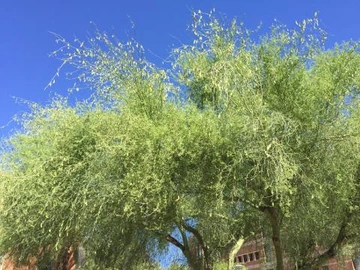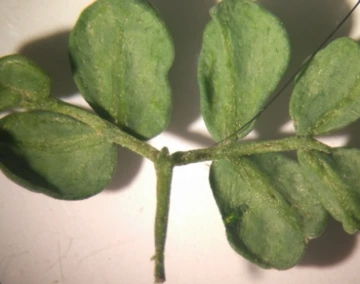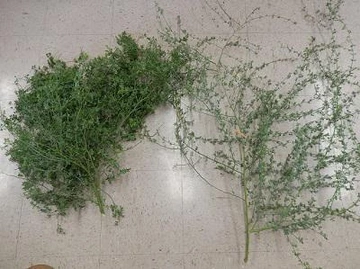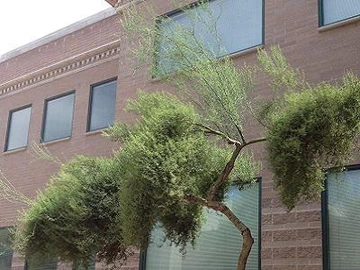The Direct Farm Marketing and Tourism Handbook is an essential resource for farmers, ranchers, and agritourism entrepreneurs looking to sell products directly to consumers. Whether you're starting a pick-your-own farm, operating a roadside stand, or expanding into agritourism, this guide provides practical strategies to boost sales, attract visitors, and create unique farm-based experiences.
This handbook helps producers understand how direct marketing can add value to their farm products while fostering connections with customers. It covers key topics such as targeting agricultural tourists, leveraging local restaurants to promote farm goods, and understanding consumer preferences. The guide also highlights real-world examples, marketing best practices, and references to help farmers implement successful direct sales strategies.
By downloading this resource, you’ll gain insights into how to increase profitability, differentiate your farm in a competitive market, and navigate the growing demand for local food and farm experiences. Whether you’re new to direct marketing or looking to refine your approach, this handbook is a valuable tool for making informed decisions and maximizing your farm’s potential. Use it as a step-by-step guide or reference specific sections as needed to enhance your marketing efforts and build a stronger, more sustainable business.
Individual chapters






